Nova Pro Forma
Various Cities, United States | 2023
 Southward view of the "Five Jumps to Chicago" project, which acts as a microwave network consisting of six guy-wired, mast structures
Southward view of the "Five Jumps to Chicago" project, which acts as a microwave network consisting of six guy-wired, mast structures
linking the Chicago and New York Stock Exchange data centers.
The viability of the traditional tall building typology is currently being called into question by multiple factors. The two primary functions housed within the vast majority of towers — commercial office and multi-family residential — have each seen radical transformations triggered by the COVID pandemic, resulting in less demand for office space due to remote work practices, and the attendant downward pressure on living in the urban core, recognizing that many types of work can be done from the suburbs or even from more dispersed locations. A heightened awareness about the importance of energy efficiency and other forms of environmental sustainability has also caused many to question those aspects of the tall building as a type.
An often overlooked aspect of tall building design is the pro forma — Latin for “as a matter of form” and the financial model that informs the number of floors, gross floor area, cost dynamics and revenue stream— that is so fundamental to its reason for being. Without the pro forma, there is no tall building. In light of the aforementioned pressures, the future of the tall building as a typology is reliant on a reimagining of the pro forma — a nova pro forma.
The goal of this studio was to reimagine the tall building as the embodiment of emerging and entirely new uses that speak to new modes of working and the ecological imperatives we are experiencing today. Students chose from among the six “alternative” use the following cases for tall structures and develop both an architecture and a nova pro forma, the business case to support this new use: 1) Carbon Capture; 2) Energy Generation; 3) Energy Storage; 4) Food Production; 5) Server Farming; 6) Medicine; and 7) An amalgam of all the six cases to support multifamily housing.
Get the Latest News and Updates from CTBUH
Fields with an asterisk (*) next to them are required.
View our privacy policy
